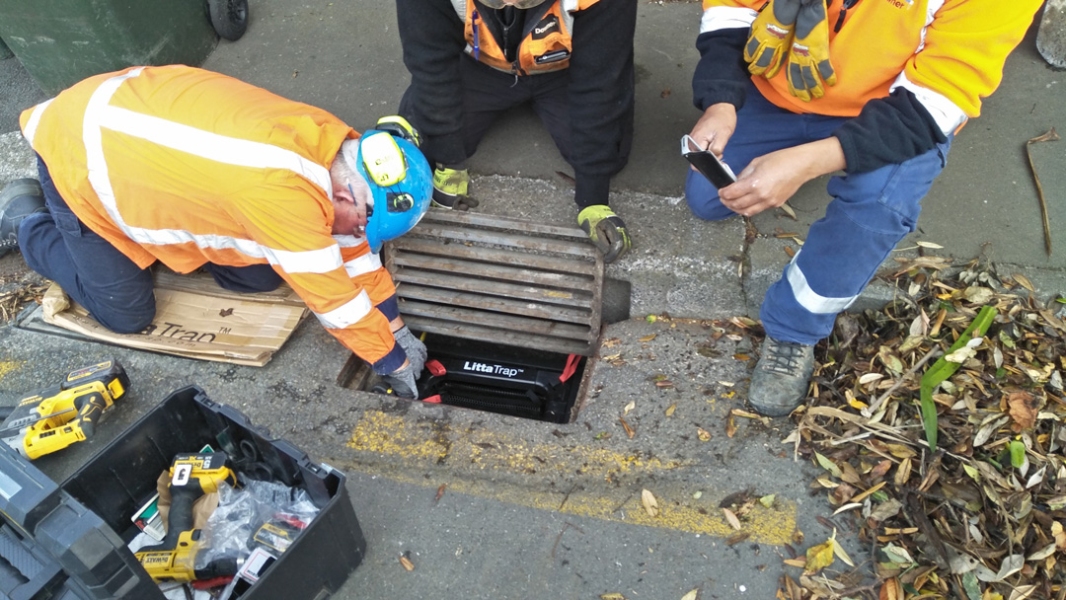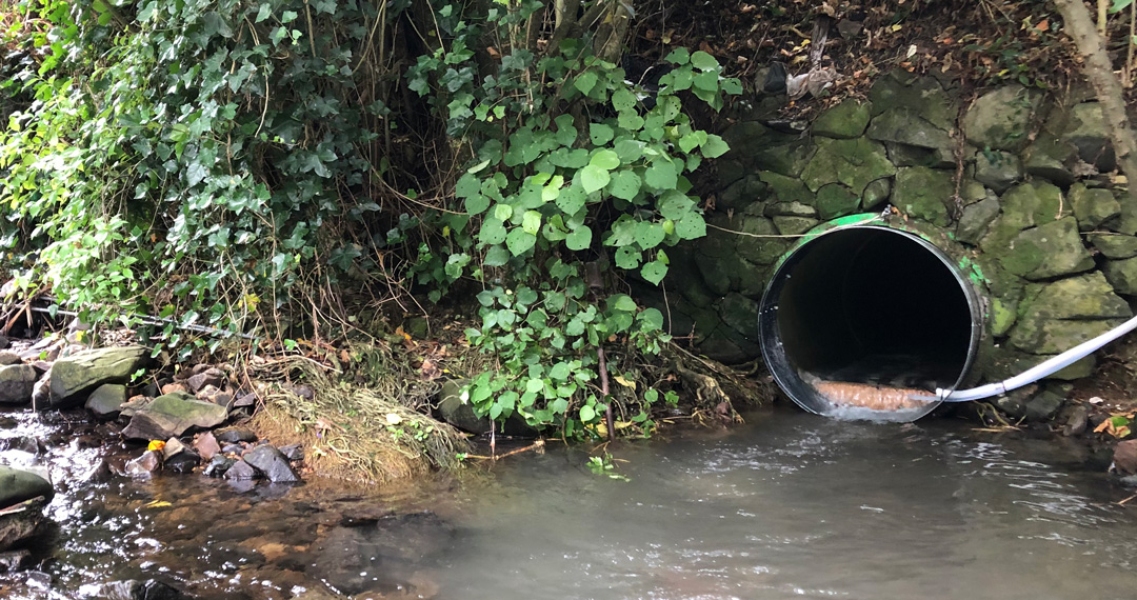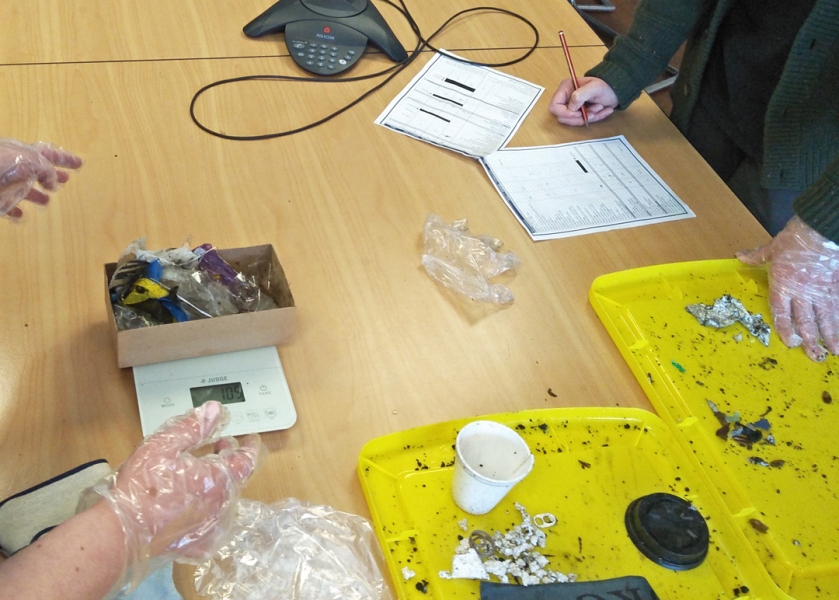NIWA and the Sustainable Coastlines charitable organisation are collaborating to develop ‘source-to-sea’ methods to trace the movement of litter from stormwater systems, through rivers, to coastlines.
The first national reporting of marine litter data was published last October by the Ministry for the Environment and Stats NZ in “Our Marine Environment 2019”, but there are gaps in our understanding of the movement of litter and its effects in freshwater environments before it reaches the sea.
An MBIE Endeavour-funded Smart Idea Project is filling these knowledge gaps, using the Kaiwharawhara Stream catchment in Wellington as a case study. The project aims are to understand and predict the sources and fate of litter carried by urban rivers, with an emphasis on plastic pollution.
The NIWA project team are monitoring litter and collecting detailed information on microplastics (< 5 mm) and macroplastics (> 5 mm) discharged from the Kaiwharawhara Stream into Wellington Harbour. Pumps, autosamplers, nets, Littatraps and an instream debris trap (developed by 12-year-old Lauren Greer) are all being used to monitor and sample the stream.
Amanda Valois, lead NIWA scientist on the project says that the information gathered will provide better estimates of litter loads into the marine environment.
“The multitude of sampling methods we are using reflect the complexity of the litter and the diverse journey it takes from land to sea.
“Once we analyse the data from the different methods, we will have a better understanding of the amount of litter that ends up in the marine environment, and the varied paths it takes to get there.”
Outputs from the project will include a set of standardised guidelines for monitoring litter in the freshwater environment to support regional and local government.
The data collected from the case-study will be fed into Sustainable Coastlines’ existing Litter Intelligence platform. The Litter Intelligence Platform has a national database and website for litter audit and survey data, and geographical information associated with litter transport and deposition. Citizen science monitoring groups can use a mobile app to enter survey and audit data into the website.
The integration of freshwater litter data with the Litter Intelligence platform will make New Zealand the first country in the world to have an up-to-date national set of freshwater-to-marine data on litter, generated using consistent methods. With this approach, members of the public will be able to immediately identify areas that need regular attention for litter removal, and national and regional governments can use the information to shape policies, design infrastructure projects, and evaluate the success of product stewardship campaigns.
Back to Freshwater Update 83, April 2020



